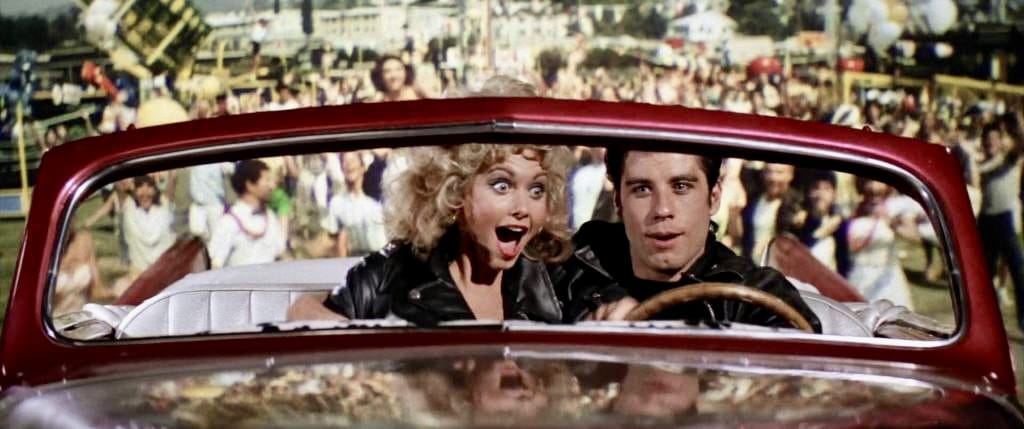By Bailey Margolis, Third Year, English
Award season is around the corner, an occasion dedicated to rewarding the creative and artistic efforts of filmmaking. The past year has observed the release of numerous films covering a wide range of subject matter, some of which take influence from the industry’s greats, looking back to early Hollywood filmmaking for inspiration.
The rise of early cinematic influence in modern filmmaking has generated a reminiscence of Old Hollywood that springs to mind the industry’s most defining eras. Each Hollywood decade has produced significant and memorable films; however, the 1950s remains a particularly defining and pivotal era of the film industry—a time characterised by technological and artistic advancements that, in turn, honed the craft of filmmaking and acting.
The following list is exemplary of the artistic perfection that is characteristic of this special era of filmmaking.
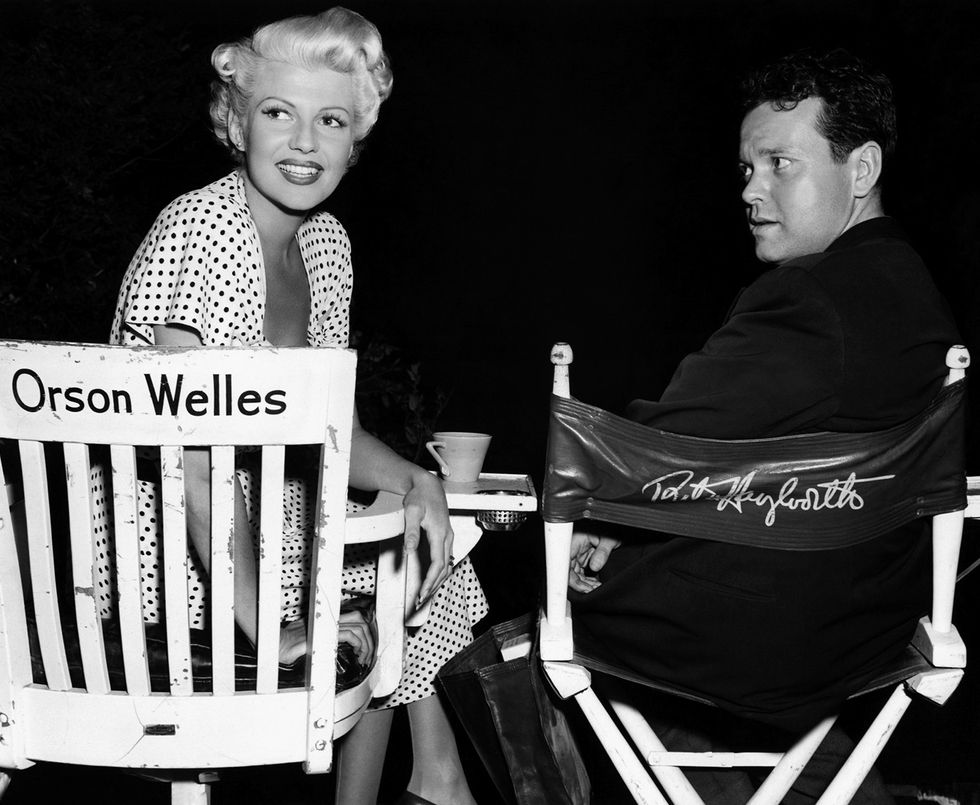
Sunset Boulevard (1950)
Billy Wilder’s Sunset Boulevard (1950) remarkably reveals the harsh realities facing silent-film actors who were unsuccessful in maintaining their stardom during Hollywood’s transition into sound films.
Sunset Boulevard centres around its narrator, Joe Gillis (William Holden), a struggling screenwriter. When escaping his financial troubles, he stumbles upon former silent-film star Norma Desmond (Gloria Swanson). In light of his writing abilities, Norma appoints him to work on the manuscript for a film about Salome in a desperate attempt to stage her return to the screen.
During their time together, Joe becomes increasingly drawn into her world and, through his narrative lens, reveals the darkening extent of Norma’s mystifying delusions that characterise her detachment from reality.
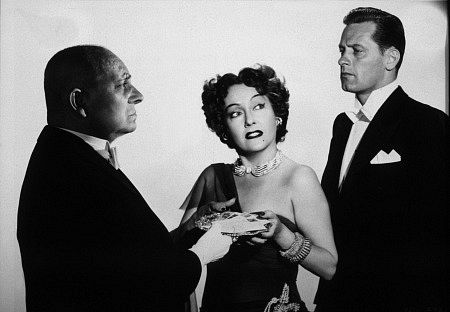
Wilder captures Norma’s harrowing fall from stardom, an individual discarded by the Hollywood industry. Moreso, the film magnifies the actress’ struggle to reclaim meaning and purpose in a world that has shunned her.
The film is imbued with agonising realism as it pervasively enmeshes fiction with real life. Featuring cameo appearances by Cecille B. DeMille and Buster Keaton, notable figures of the silent era, Swanson portrays a character who strikingly mirrors her own career trajectory.
Sunset Boulevard exists in a dual realm that blurs the boundaries between fiction and reality. Life imitates art in the most frightening ways. It is undeniably a cinematic masterpiece.
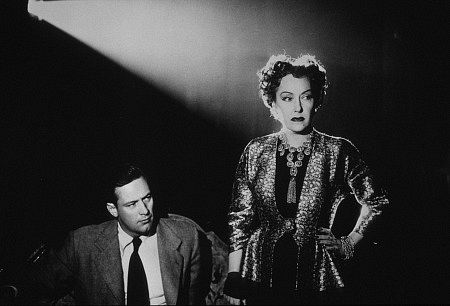
Sabrina (1954)
Sabrina (1954) is, in a word, perfection. Wilder’s romantic comedy takes place in Long Island among the high-society Larrabee family. The story focuses on the chauffeur’s daughter, Sabrina Fairchild (Audrey Hepburn), who is hopelessly in love with the playboy son of her father’s employer, David Larrabee (William Holden).
Sabrina leaves for Paris, and upon returning, her newfound sophistication is admired by all, including David. However, when their romance infringes on his family's reputation and social standing, his older brother Linus (Humphrey Bogart) gets involved, attempting to dissuade Sabrina from her affection for David.

This earnest portrayal of infatuation in its purest form gives the film its endearing and timeless quality. Sabrina is dreamlike, visually stunning in its high-class opulence and romantically infused by ‘La Vie en rose’.
Above all, it is upheld by a most dazzling script, equal parts comedic and poetic. Not a word of dialogue is misspent. Sabrina is transcendently romantic. It is immaculate.
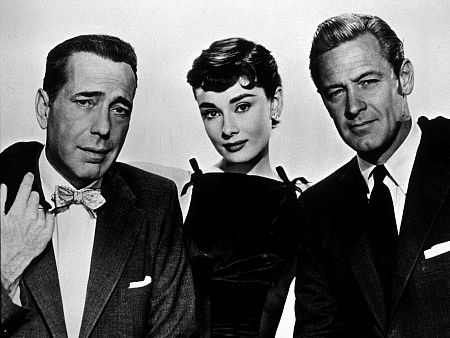
The Three Faces of Eve (1957)
Joanne Woodward appears in The Three Faces of Eve (1957), based on real-life patient Christine Costner Sizemore, who was suggested to have dissociative identity disorder (then identified as multiple identity disorder).
Woodward portrays a timid housewife and mother, Eve White, who chronically suffers from headaches and blackouts. Unbeknownst to her, these blackouts command the emergence of an antithetical personality, Eve Black—whose recklessness stirs trouble.
White’s unawareness of this second personality ensues in chaos when certain behaviours become unexplainable.
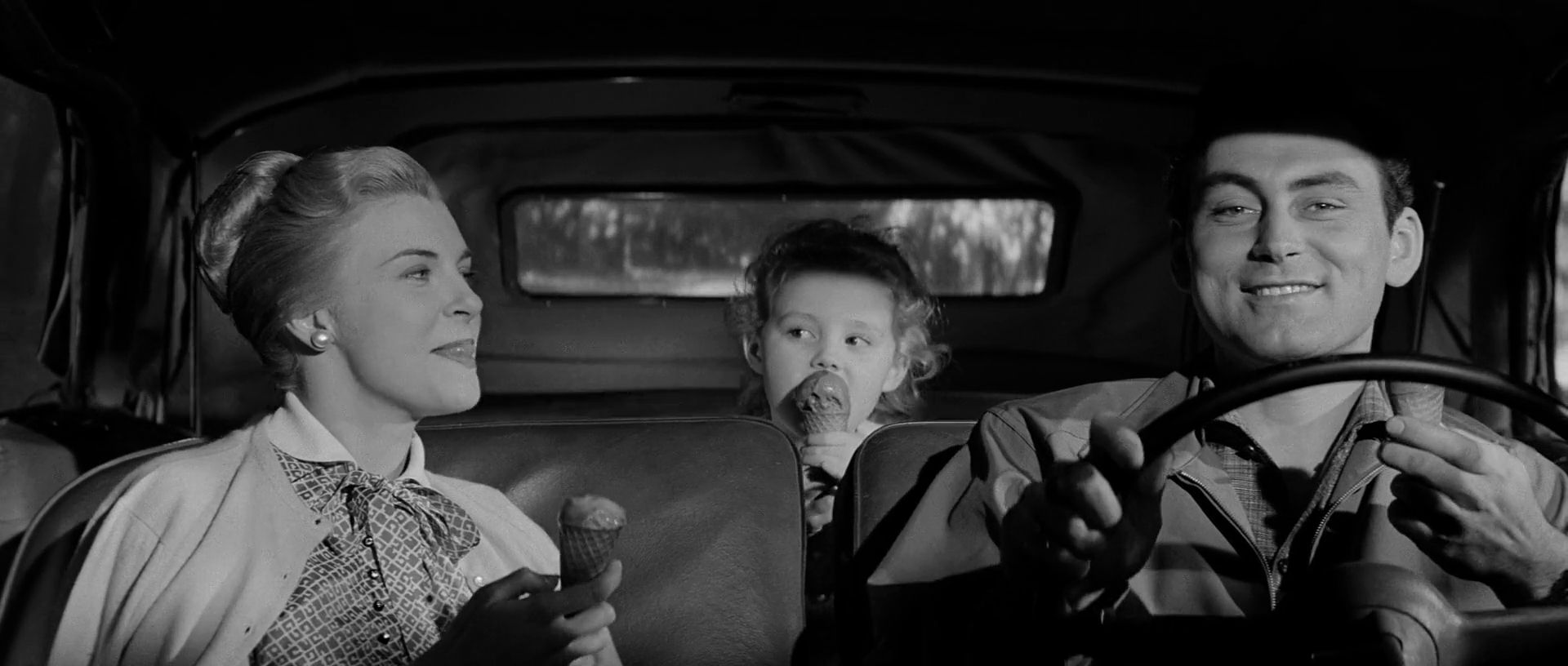
The film oversees the gradual progression of understanding these personalities through a series of appointments with Doctor Curtis Luther (Lee J. Cobb) as the narrative builds towards uncovering its mystery origin.
Although the psychology depicted is rendered outdated nowadays —the heart of the film rests on Woodward’s stellar performance, falling nothing short of exceptional.
Woodward utilises method acting to a degree of perfection in her ability to embody each personality with distinct tones of voice, mannerisms and demeanours. The craft of method acting truly comes to fruition in this film.
An incredible performance by an underrated actress whose talent far exceeded her time.
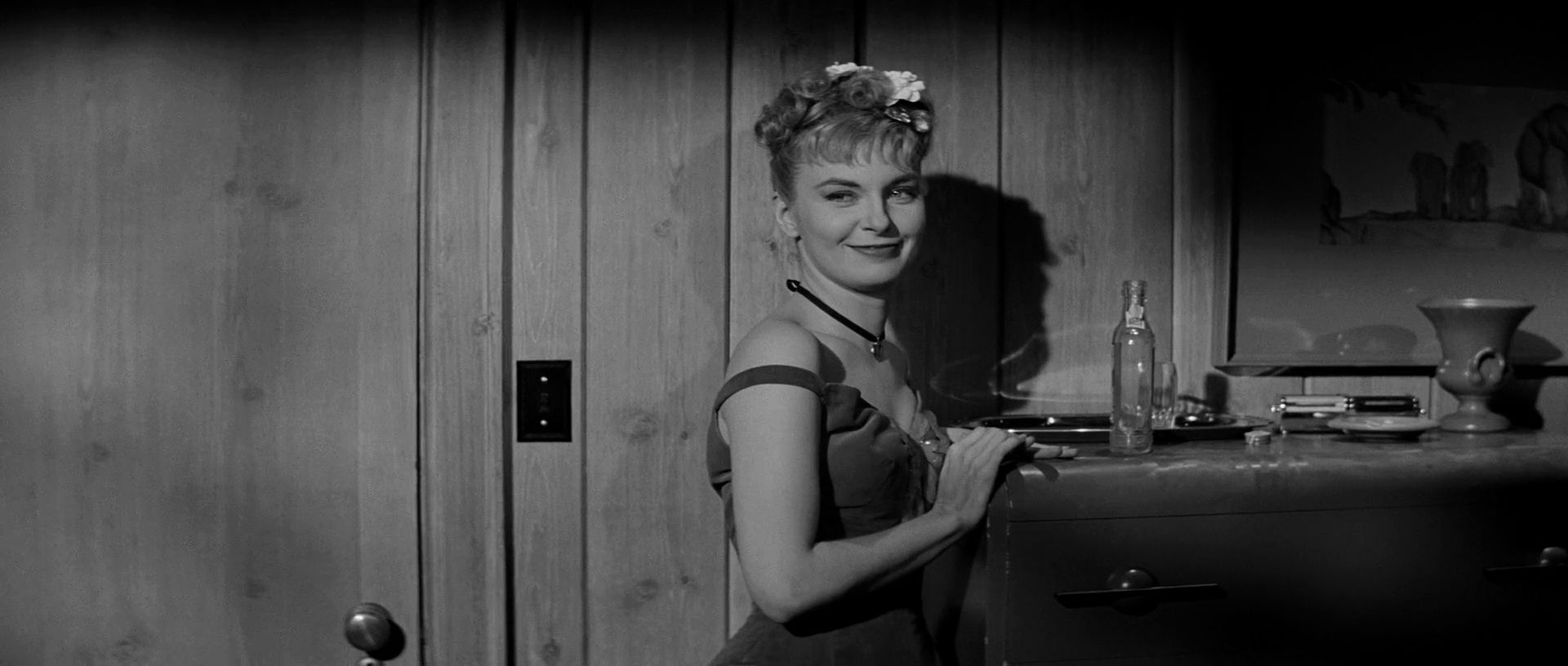
Some Like It Hot (1959)
Set during prohibition-era Chicago in 1929, Some Like It Hot (1959) takes direct inspiration from a time characterised by social and financial instability.
A period underpinned by the powers of mobsters and mafias and economic instability that saw the constant displacement of individuals struggling for financial security.
The film capitalises on these bleak themes to create the greatest comedy of all time.

The film follows broke jazz musicians Joe (Tony Curtis) and Jerry (Jack Lemmon), who are forced to flee the mob-ridden streets of Chicago after witnessing a mob hit. Desperate, they subsequently join an all-female band headed to Miami, disguising themselves as women, and soon become obsessed with fellow bandmate Sugar (Marilyn Monroe).
The film observes their hilarious difficulty in maintaining appearances, watching them oscillate between their male identity and female disguise.
Every line is charged with a comedic wit that encompasses the film’s brilliance. It’s funny, charming, and overwhelmingly entertaining. This film knows no dull moments and should be rewatched endlessly.
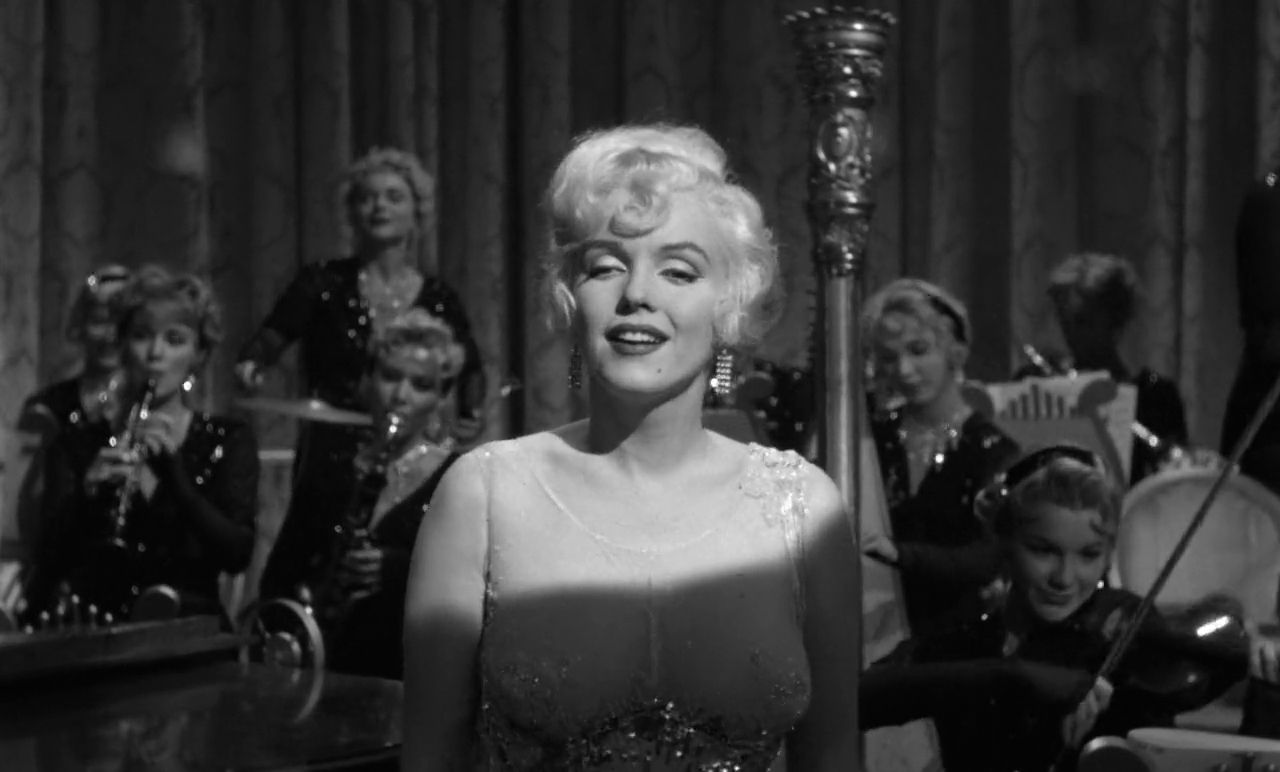
The Young Philadelphians (1959)
The Young Philadelphians (1959) conveys the saga of Anthony “Tony” Lawrence (Paul Newman), a morally driven individual from humble family origins climbing the social ladder in Philadelphian high society.
The further Tony moves into these social circles, the more he begins to stray from his moral compass. It is a turbulent narrative filled with romance, passion, drama, crime and mystery.
Most importantly, it tests the moral resilience of a character existing in a world suffused by immorality.
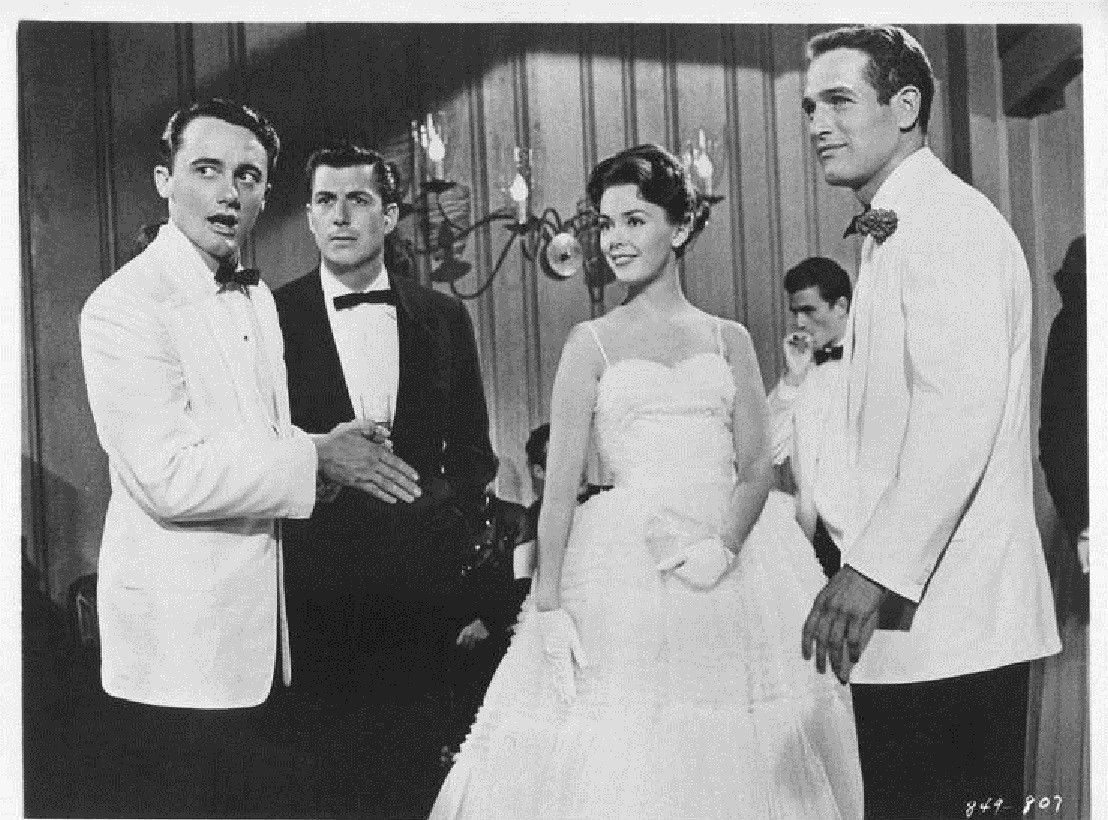
Despite its dense exploration, the film impressively maintains its momentum through its tight script and compelling ensemble. Notably, moments of comic relief provided by Mrs J Arthur Allen (Billie Burke) effectively counterbalance the film’s dramatic overtones.
Tony’s wavering morality generates a yearning for goodness as Newman acts with such earnestness it is impossible not to sympathise with those piercing blue eyes. An early performance in Newman’s career that is sorely underappreciated.
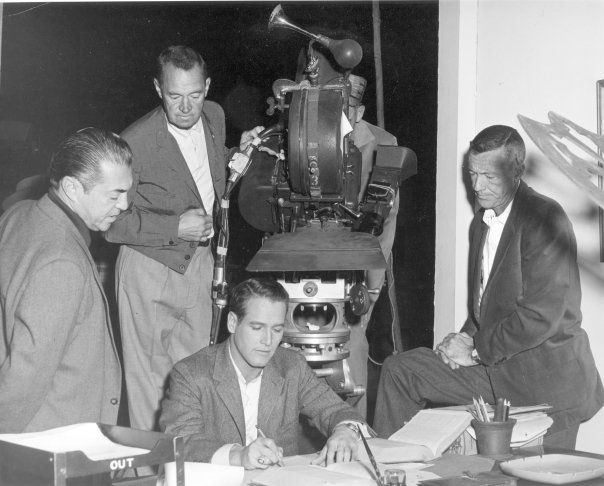
Each film, unique within itself, exemplifies the sublime qualities of filmmaking in this era.
Featured Image: Grace Kelly and Marlon Brando at The 27th Annual Academy Awards (1955) // Courtesy of IMDB
What is your favourite old Hollywood film?



